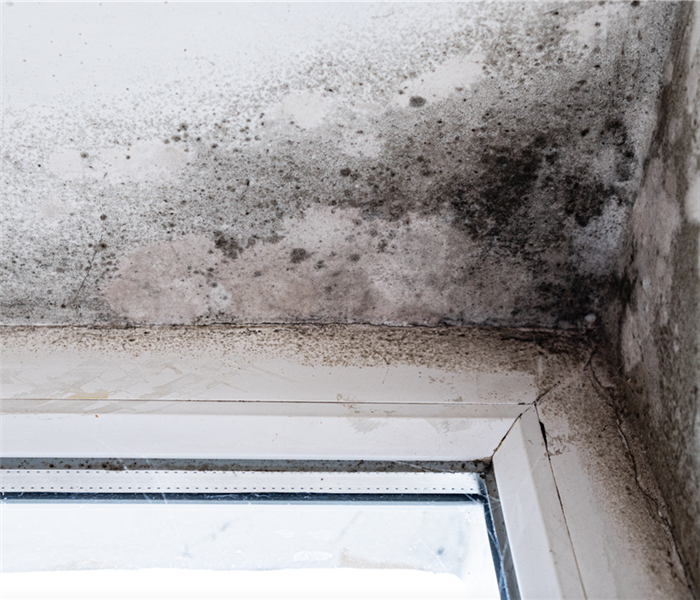5 Items You Should Throw Out After Mold Exposure in Your Home
5/16/2023 (Permalink)
 If you're unsure how to handle mold exposure in your home, contact our SERVPRO of Downtown Houston team for help.
If you're unsure how to handle mold exposure in your home, contact our SERVPRO of Downtown Houston team for help.
Mold is a type of fungus that can grow in damp and humid areas of your home. If you've recently had mold in your home, you may be wondering what items you should throw out. In this blog post, we'll share some tips on what to throw out after mold exposure.
Porous materials
Porous materials are those that can absorb water, such as wood, paper, and fabrics. If these materials have been exposed to mold, it can be difficult to remove the mold completely. In many cases, it's best to throw out these items, as mold can continue to grow even after cleaning. This includes items such as clothing, curtains, and upholstered furniture.
Cardboard and paper
Cardboard and paper are also porous materials that can absorb moisture and promote mold growth. If you have any cardboard boxes or paper items that have been exposed to mold, it's best to throw them out. This can include items such as books, magazines, and paper documents.
Food and drink
Mold can grow on food and drink, making it unsafe to consume. If you have any food or drink that has been exposed to mold, it's best to throw it out. This includes items such as bread, fruits, vegetables, and dairy products. It's important to be especially careful with items that are difficult to clean, such as sponges and kitchen utensils.
Non-porous materials
Non-porous materials are those that do not absorb water, such as metal, glass, and plastic. These materials are less likely to promote mold growth, but they can still become contaminated if exposed to mold. In many cases, non-porous items can be cleaned and salvaged after mold exposure. This includes items such as dishes, appliances, and hard furniture.
Electronics
Electronics are another item that can be affected by mold exposure. If you have any electronic items that have been exposed to mold, it's important to take precautions when handling them. Do not turn on the device until it has been thoroughly cleaned and inspected by a professional. In many cases, electronics can be salvaged after mold exposure, but it's important to take precautions to prevent further damage.
Act Fast: What to Do After Mold Exposure in Your Home
In conclusion, when it comes to mold exposure, it's important to take action quickly to prevent further contamination. Porous materials such as clothing and paper should be thrown out, while non-porous items can often be salvaged with proper cleaning. Food and drink should also be discarded if they have been exposed to mold. If you have any doubts about an item, it's best to err on the side of caution and throw it out. If you're unsure how to handle mold exposure in your home, contact a disaster restoration company, such as SERVPRO of Downtown Houston, for help.

 24/7 Emergency Service
24/7 Emergency Service